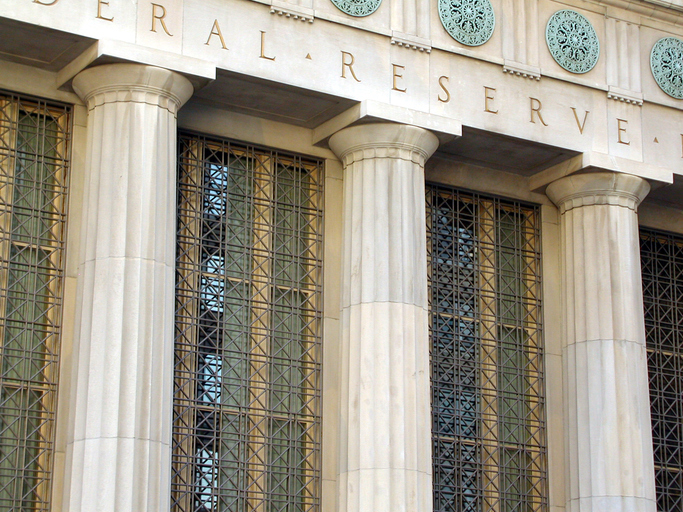Today’s strong jobs report makes it likely the Fed will be more restrictive in the months ahead. That will push the economy deeper into recession.
The Week That Was
The August job report, released today, shows labor markets remain strong. Private payrolls increased by 308,000 in August , a 3.5 percent annualized increase. Hours worked and average weekly earnings increased by 3 percent and 5 percent, respectively.
In contrast to the government’s job report, yesterday’s August business manufacturing surveys reported little if any growth in output or new orders. The manufacturing data is at odds with the Atlanta Fed’s estimate of third quarter GDP, which shows real growth at a 2.5 percent annual rate.
Both the ISM survey and the S&P Global survey of business conditions reported very different economic readings in prior months. The report on manufacturing shows each moving back closer to a consensus where output is essentially flat.
Manufacturing is a relatively small part of the economy. Next week’s surveys on the service sector, which accounts for about 60 percent of the economy, will show whether the economy still held above break-even in August.
Both of the latest manufacturing surveys had good news regarding inflation. The reported weakness in the economy significantly reduced inflationary pressures to the point where prices showed little change.
The ISM reading on prices was 52.5—close to no change. Weekly initial unemployment claims fell to 241,500 in August, from 247,000 in July. The data show no significant change in layoffs during the summer and only a fairly modest easing from the tight labor market of the spring.
Things to Come
The most significant economic information next week will be released on Tuesday. The August ISM and final S&P surveys will provide further clues on the extent to which the economy may have declined in August.
The S&P surveys for July and August were very weak, whereas the July ISM survey indicated a much stronger economy. At this point, there are sufficient indicators of economic strength to have the Fed raise interest rates much further than most forecasts would indicate.
Money, Money, Money
Monetary data show the Fed is selling securities, thereby draining money from the economy.
Securities sales reached $22 billion in July and $42 billion in August. Banks increased their deposits with the Fed in each month, draining an additional $70 billion from the economy.
In addition to all that, the Fed indicates it intends to increase its sales of securities this month.
With the S&P500 overvalued by 24 percent and with the Fed likely to drain more money from the economy, stocks are likely to remain under pressure. Although anything is possible with the stock market, it is difficult for stocks to increase when the Fed is draining money from the economy.
The Fed’s intention to impose more interest rate hikes (and thus reduce the money supply) suggests growing potential for a steeper downturn in the economy toward year-end.
Market Forces
The bear market returned with a vengeance this week as investors reassessed the likelihood of a quick end to rising interest rates. Chairman Powell reaffirmed the Fed’s intent to do whatever its governors believe is necessary to contain inflation.
Interest rates rose sharply as 10-year T-note yields increased from 3.06 percent to 3.26 percent. The yield on 2-year T-notes increased to 3.5 percent.
Financial markets now place the odds at 70 percent that the Fed will raise its interest rate target to 3.0 percent to 3.25 percent at its next meeting, three weeks from now.
The S&P500 ran up to its 200-day moving average, a key level of resistance. The index has since decline by 8 percent. All the other major indexes also retreated after approaching their 200-day moving averages.
Some of the concerns affecting interest rates and stock prices are due to the economic news. With the August business surveys for the manufacturing sector pointing to economic expansion and initial unemployment claims being slightly lower the data appear to have disappointed those expecting an immediate weakness from the Fed’s interest rate hikes, which could have spurred the central bank to slow its interest rate increases. Markets seem to have overlooked the positive sign of businesses reporting a significant easing in inflationary pressures.
Outlook
Economic Fundamentals: negative 
Stock Valuation: S&P 500 overvalued by 24 percent
Monetary Policy: restrictive
For more from Robert Genetski.
More on recession.
For more Budget & Tax News.
For more from The Heartland Institute.











